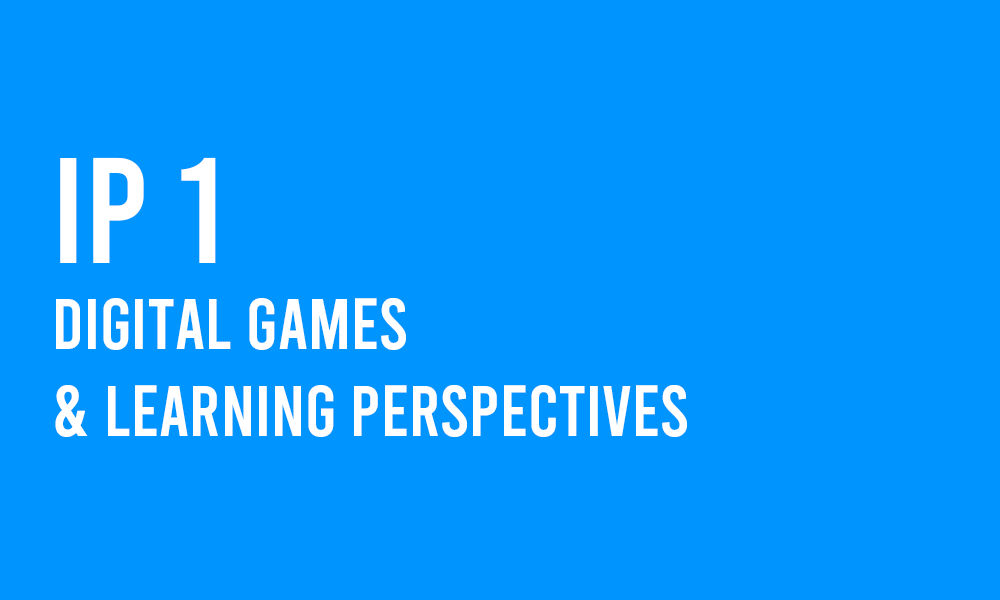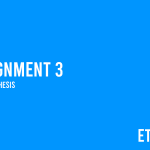Gee (2008) in their article, “Cats and portals: Video games, learning, and play”, explores how video games provide ways for users to engage with the discovery aspect of play. The author explains that discovery through play can eventually lead to mastery of a skill, whether the user realizes it or not, due to the passion of a user to further explore an environment or from implicit knowledge that the user learns along the way. Gee also found that the deep learning and problem-solving aspects of video games can encourage users to change the way they think about the possibilities of a given environment. Gee provides an example that a young woman learning about a digital tool through the discovery of play is more relevant and important to her than much of what she learns in school, however, this would be using an unrealistic assumption that all students would have both the knowledge and ability to use these pieces of technology on their own. Furthermore, Gee also references good games are directly related to principles supported by research in the learning sciences yet is arguing the fact that the current schoolwork that would eventually lead students to these research roles are not providing students with twenty-first-century skills. Gee claims that children cope well with complex language through popular culture activities such as strategic card games, but does this exposure to complex language directly and measurably translate to academic success of students as he implies?
In the article by Gee & Gee (2017) titled, “Games as distributed teaching and learning systems”, the authors suggest that new understandings of distributed systems of teaching and learning (DTAL) will help teaching and learning evolve in the 21st century. They explain that games help foster excellent DTAL systems through various learning and teaching opportunities that can occur online and offline as well as through tools designed by game developers and affinity spaces created from the bottom up. These learning experiences through DTAL systems help humans have a deeper understanding of the conversations we have with each other and with the world itself which can provide society with the tools to continually reform and transform. Gee & Gee argue that criminals may even be organized into better teaching and learning systems than many of our schools, however it is of note that the basic learning systems that schools introduce to children are necessary for DTAL systems to function. They discuss the importance of how humans can have conversations with the world in video games and other virtual worlds that can provide experiences that translate to the real world; however, they assume that these experiences are bug-free and are what the creators and developers have intended. Gee & Gee provide many qualitative arguments for the support of DTAL systems, but is there any quantitative data to support their claims?
The article by Gee (2008) titled “Cats and Portals: Video Games, Learning, and Play” and the article by Gee & Gee (2017) titled “Games as distributed teaching and learning systems” both express the positive impact that video games and other digital medias can have on the traditional learning systems we have in place today. They also both provide qualitative evidence that video games can provide children and adults the opportunity to grow their problem-solving and social skills through passion and self-guided learning.
References
Gee, J. P. (2008). Cats and portals: Video games, learning, and play. American Journal of Play, 1(2), 229.
Gee, E., & Gee, J. P. (2017). Games as distributed teaching and learning systems. Teachers College Record (1970), 119(12), 1-22. https://doi.org/10.1177/016146811711901202






